Christmas Trees - Real or Faux?
The Ultimate Guide for the Midlife Reader

[Toc]
As the festive season approaches, the age-old debate resurfaces: real or artificial Christmas trees? According to the National Christmas Tree Association (NCTA), the United States witnesses the annual sale of a staggering 25 to 30 million real Christmas trees, each one a beacon of tradition and nostalgia. The demand for these natural emblems of holiday spirit has maintained a steady rhythm, with variations influenced by economic factors and the ever-evolving preferences of consumers.
Yet, in the quiet corners of living rooms across the nation, artificial Christmas trees have quietly staked their claim. The American Christmas Tree Association (ACTA) reports that nearly 80% of American households opted for the convenience and versatility of artificial trees in the early 2020s. This surge in popularity speaks to the allure of reusable, low-maintenance alternatives, with advancements in manufacturing technologies further fueling their ascent.
Amidst this dichotomy of choices, a broader question emerges for the discerning consumer, especially for women over 45: How can our holiday traditions align with both our cherished memories and our commitment to sustainability? Whether the scent of fresh pine or the convenience of a reusable centerpiece, our choices in Christmas trees encapsulate not just personal preferences but also our collective impact on the environment. As we arrive at this seasonal crossroads, let's explore the nuances of both options, unravel the eco-friendly alternatives, and embark on a journey of thoughtfulness and celebration.
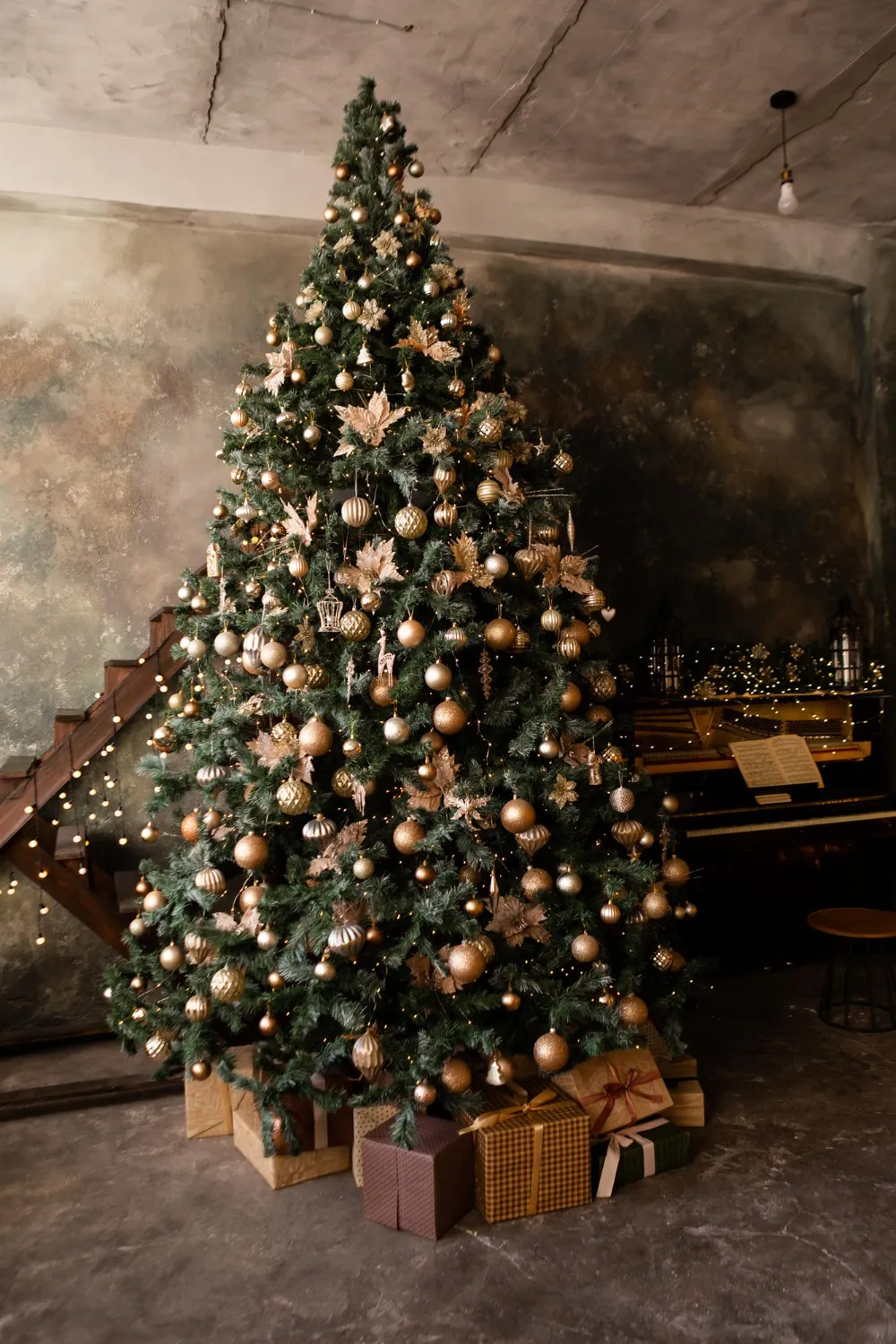
Nostalgia and Tradition
The twinkle of lights, the scent of pine filling the air—for hundreds of years Christmas trees have long been more than mere decorations; they're repositories of memories. For many women, the annual ritual of selecting, decorating, and gathering around the Christmas tree is a cherished tradition, a link to the past that weaves through the tapestry of family history.
Traditions, those timeless threads weaving through the fabric of our lives, are the heartbeats of our holiday celebrations. They're the comfort of the familiar, the echoes of laughter, and the resonance of shared experiences. Traditions start as whispers in the hearts of individuals, emerging from moments of joy, reflection, or even the desire to create lasting connections.
Yet who says we can't change them? As women over 45, we possess the wisdom to recognize the evolving needs of our lives and the planet. Tradition, after all, is a living entity, shaped by our choices, molded by our experiences, and capable of embracing new chapters and narratives. It's a celebration of the past and an invitation to redefine our festive future, infusing it with the essence of who we are today.
Real vs. Artificial - The Environmental Impact
As we delve into the decision-making process of choosing a Christmas tree, the environmental impact takes center stage. Real trees, although a renewable resource, involve the carbon footprint of cultivation, transportation, and eventual disposal. On the other hand, artificial trees, often made from non-biodegradable materials, contribute to pollution and resource depletion during their production.
It's a conundrum that forces us to balance our love for tradition with a growing awareness of the ecological consequences of our choices. As women over 45, with a wealth of life experiences, we find ourselves standing at the intersection of sentimentality and environmental responsibility.
Joan says “I remember my grandmother's insistence on having a real tree, the way its needles gently pricked our fingers as we hung ornaments, creating an intimate connection with nature. As we navigate the complexities of life, these traditions become anchors, grounding us in the familiar and offering a comforting sense of continuity.”
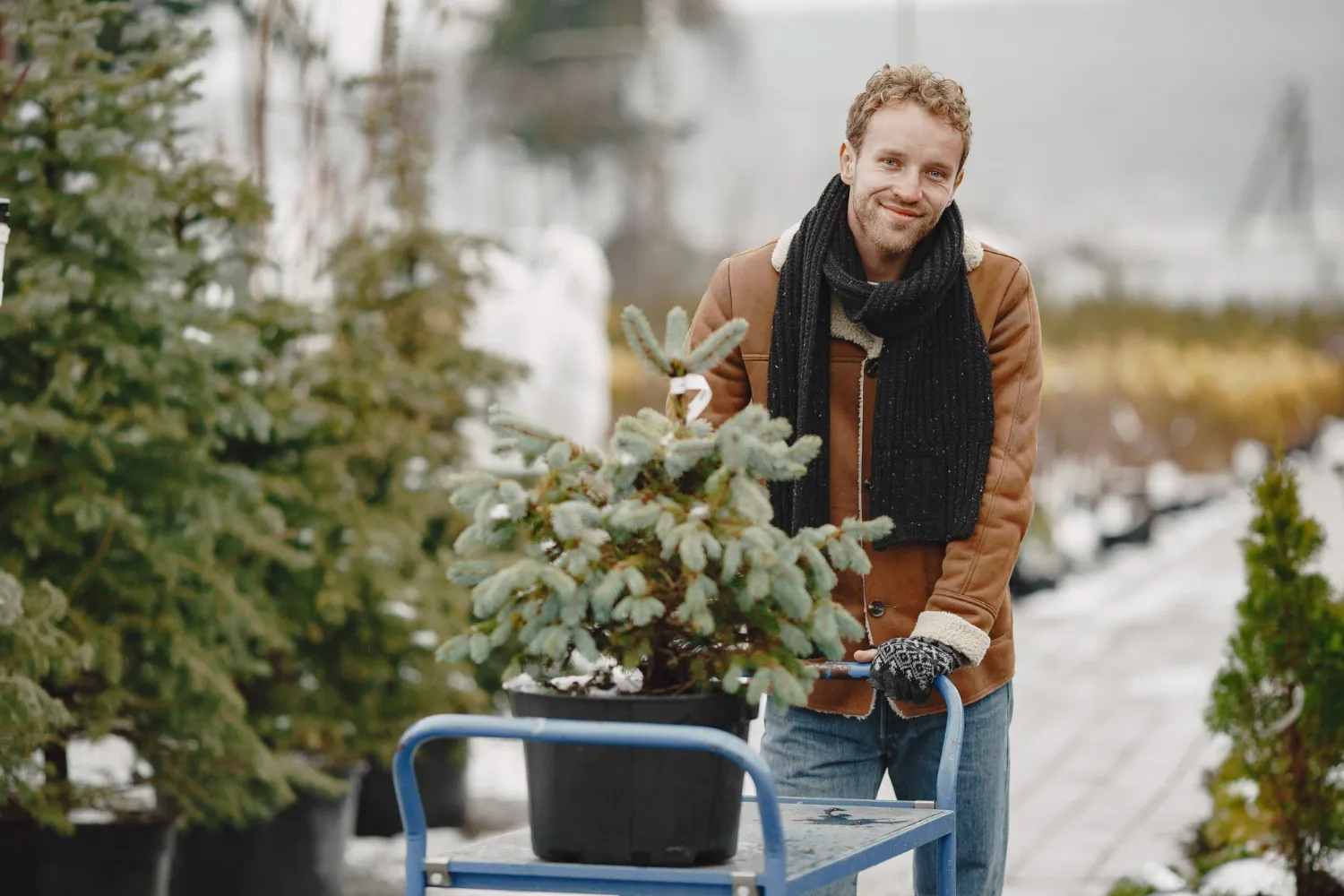
The Real Christmas Tree
When choosing a real Christmas tree, here's a list of recommendations to guide you in making sustainable and thoughtful decisions:
Species: Select a tree species that is native to your region. This supports local ecosystems and reduces the environmental impact associated with transportation.
Sustainability: Choose a tree from a sustainable and responsibly managed Christmas tree farm. Look for certifications such as the Rainforest Alliance or the Sustainable Forestry Initiative (SFI).
Local Farms: Consider purchasing your tree from a local Christmas tree farm. This not only supports local businesses but also reduces the carbon footprint associated with transportation.
Organic Options: Explore options for organic or pesticide-free Christmas trees. This choice minimizes the use of harmful chemicals and promotes a healthier environment.
Tree Life: Opt for a freshly cut tree to ensure its longevity throughout the holiday season. Ensure that the tree's needles are resilient and don't fall off easily.
Recycling Programs: Inquire about local Christmas tree recycling programs in your community. Many areas offer tree recycling services to turn used trees into mulch or compost.
Pot-Grown Trees: Consider pot-grown or live Christmas trees. These trees can be replanted after the holiday season, providing a sustainable option for those who have the space to nurture a living tree.
Size Consideration: Choose a tree size that fits your space. This not only ensures a harmonious aesthetic but also minimizes waste.
Local Markets: Explore farmers' markets or Christmas tree markets in your area. These venues often showcase a variety of locally grown trees, creating a festive and community-centered experience.
Watering Needs: Keep your real tree hydrated by regularly watering it. This not only maintains its appearance but also prolongs its life, reducing the likelihood of early disposal.
Dispose Responsibly: If you choose a cut tree, ensure proper disposal. Many municipalities offer curbside pickup for Christmas trees, which are then chipped for mulch or used in other environmentally friendly ways.
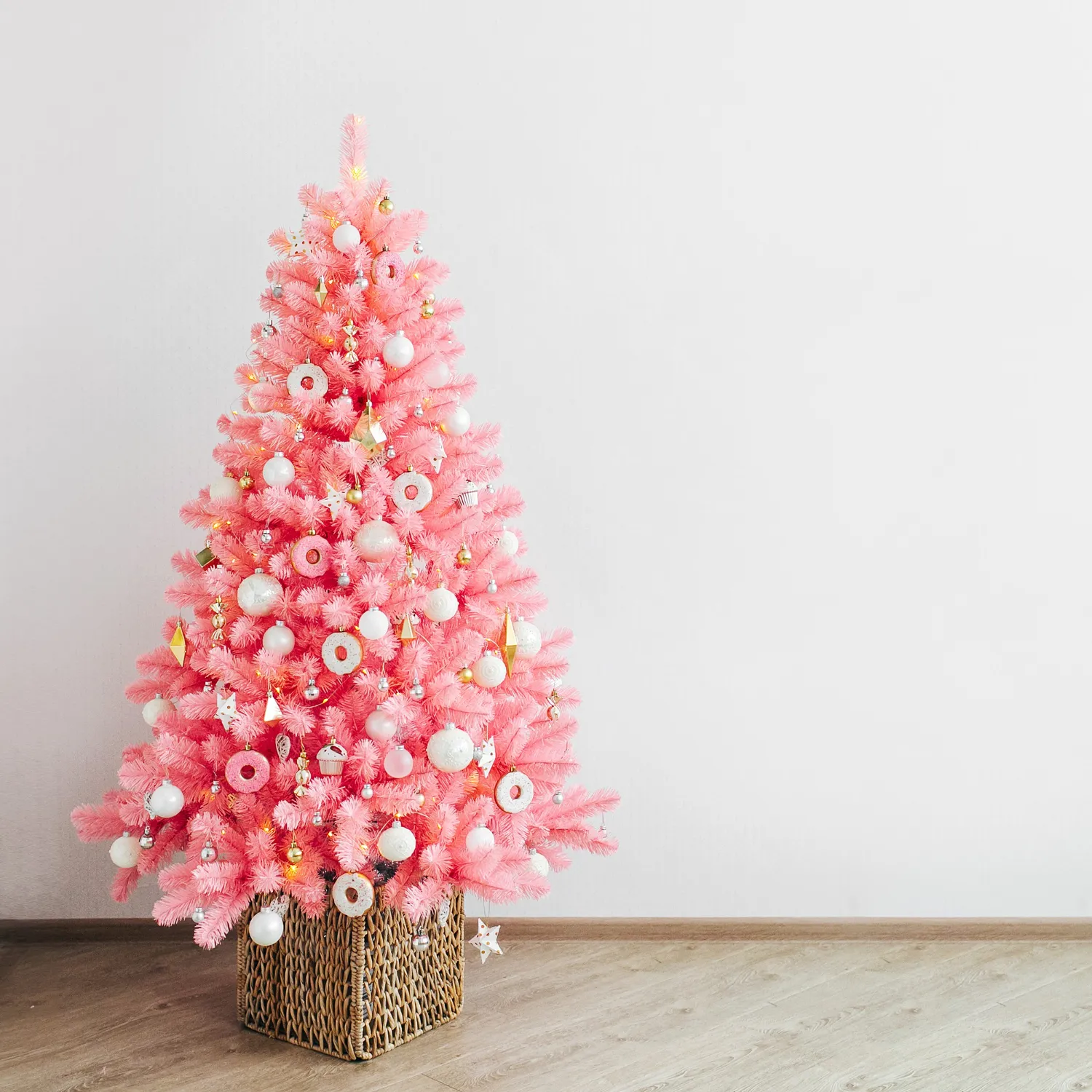
The Faux Christmas Tree
When buying an artificial Christmas tree, consider the following recommendations to make an informed and environmentally conscious choice:
Material: Opt for artificial trees made from eco-friendly and recyclable materials. Look for options made from recycled PVC or other sustainable materials.
Size and Storage: Choose a size that fits your space and storage capabilities. A durable and well-constructed tree can be reused for many years, reducing the overall environmental impact.
Quality: Invest in a high-quality artificial tree that is durable and built to last. A well-made tree is less likely to shed plastic needles, contributing to a cleaner and healthier environment.
Certifications: Look for certifications such as the GREENGUARD certification, which ensures that the tree meets strict standards for indoor air quality and environmental responsibility.
Pre-lit vs. Unlit: Consider whether you prefer a pre-lit tree or one without lights. Pre-lit trees can be convenient, but ensure that the lights are energy-efficient LED bulbs.
Disposal: While artificial trees can be reused for many years, consider the eventual disposal. Look for options that are recyclable or can be disassembled easily for responsible disposal.
Reputable Brands: Choose a reputable and environmentally conscious brand. Research the company's commitment to sustainability and ethical manufacturing practices.
Reviews: Read customer reviews to get insights into the durability and overall satisfaction of the artificial tree you're considering. Real-world experiences can provide valuable information.
Budget: Set a budget that aligns with your preferences and environmental values. A higher upfront investment in a quality tree may lead to long-term savings and reduced environmental impact.
After-Sales Service: Check the manufacturer's warranty and after-sales service. A company that stands behind its products is likely to produce more durable and reliable artificial trees.
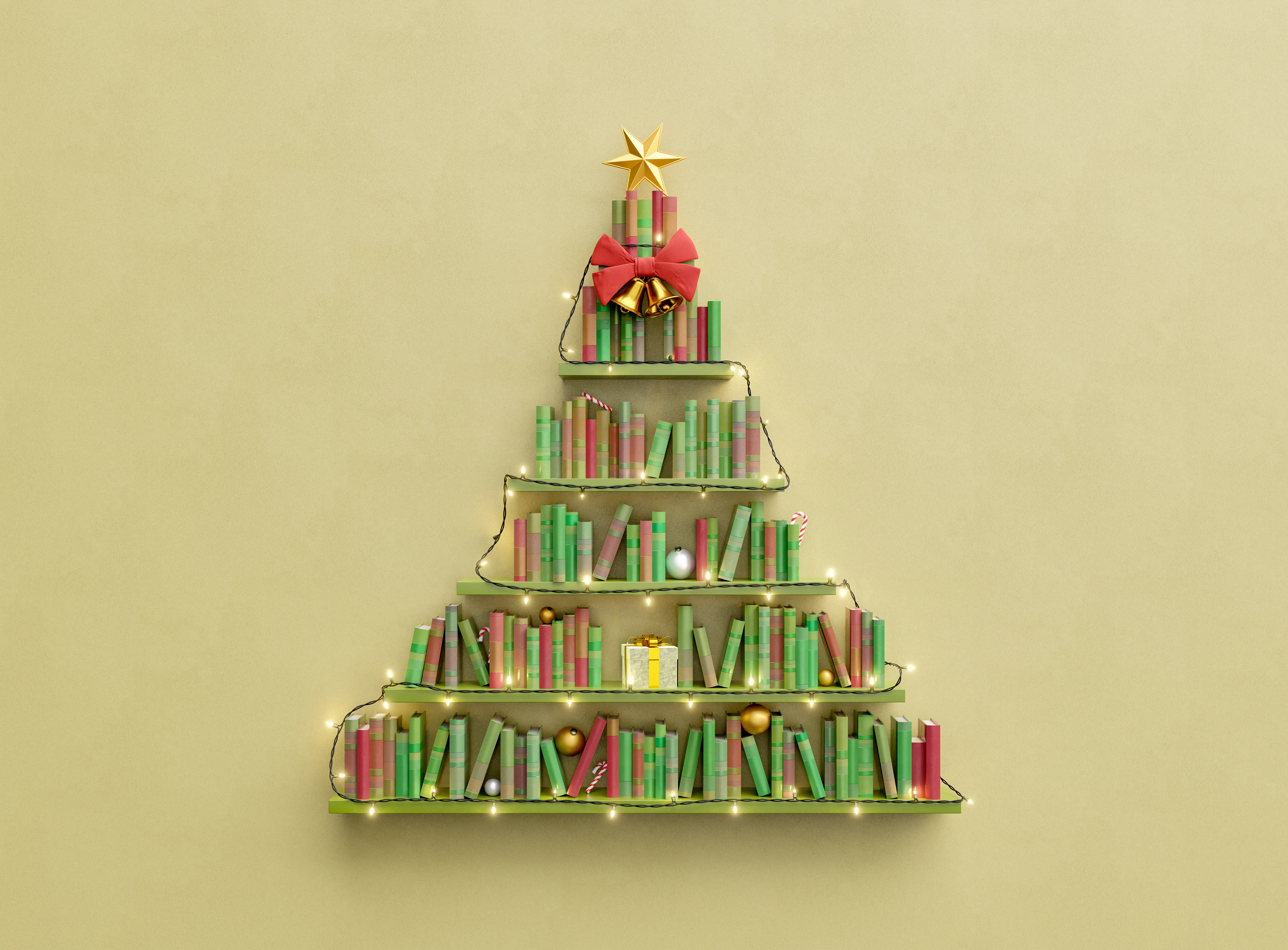
A Third Way - Alternative Christmas Trees
In the quest for a more sustainable holiday, consider embracing alternatives that carry a lighter ecological footprint. Potted Christmas trees, for instance, offer the best of both worlds, allowing you to enjoy a living tree that can be planted after the festivities.
Alternatively, explore creative DIY options using recycled materials, turning everyday objects into festive symbols of celebration. These alternatives not only contribute to a more eco-friendly holiday but also add a personal touch to your seasonal decor. As women over 45, we have the power to redefine traditions and pioneer new, environmentally conscious practices that resonate with our values.
Kay says “ I have a small Recycled Glass tree, made by a local artist. It takes me two seconds to put up, and stores away without taking up any space. The tree creates a festive symbolic atmosphere to the simplicity I crave in my life.”
Balancing Tradition and Sustainability
The challenge always lies in striking a balance between honoring cherished traditions and embracing a more sustainable lifestyle. Women often find themselves navigating the delicate dance of upholding family customs while championing values that align with the greater good.
The evolving landscape of holiday celebrations offers an opportunity to infuse sustainable practices into our traditions. Consider incorporating reusable decorations, opting for energy-efficient lighting, and choosing natural elements like pinecones and holly to adorn your festive space. It's a nuanced approach, one that reflects both the wisdom of age and a forward-looking commitment to a healthier planet.
Pat says “I love the week before Christmas when I walk into the woods and forage for winter foliage. It is a time to give thanks and connect with nature. Each year I bring back something different, whatever I can find. At the end of the festive season, I return it to the woods.”
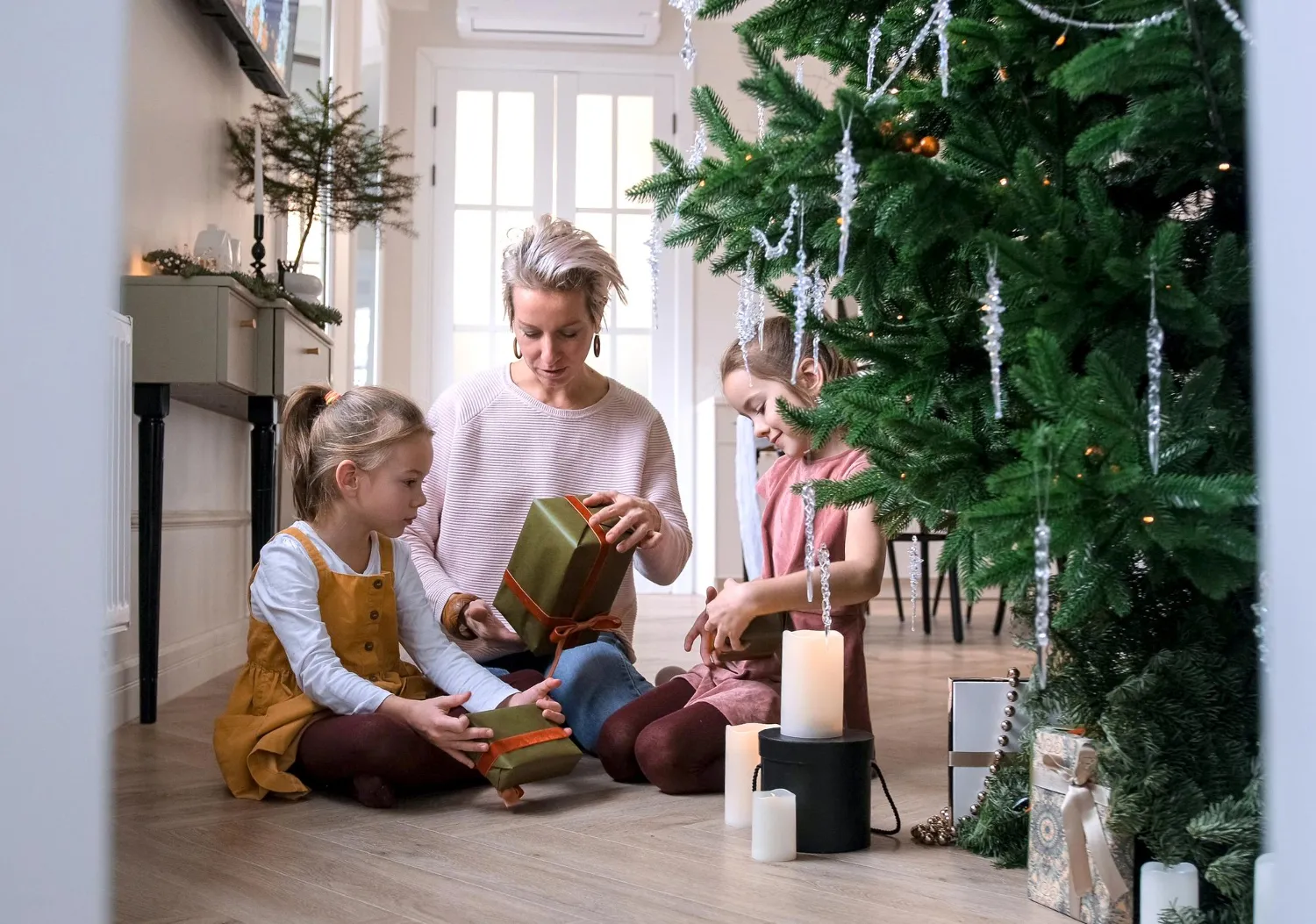
Conversations with Family and Friends
Transitioning to a more sustainable holiday may encounter resistance from family and friends accustomed to traditional practices. It's essential to approach these conversations with empathy and a shared commitment to positive change. Share the environmental benefits of your choices, highlighting the long-term impact on the planet and future generations.
Consider involving loved ones in the decision-making process, turning the shift toward sustainability into a collective effort. As women over 45, our ability to communicate effectively, drawing on years of experience and wisdom, positions us as catalysts for change within our circles. By fostering understanding and cooperation, we can collectively create holiday traditions that honor both the past and the future.
Lyn says “As the kids grew our thoughts about Xmas changed. We no longer bought gifts to put under the tree. A family meal, an experience together, without hassle or stress. Now we have four grandchildren we want to return to decorating trees and gifts, yet the world has moved on. We are more aware of our environmental impact and as a family, we still have to find the way forward. Each year we focus on one aspect and come to a decision that everyone is happy with. This is our new tradition.”
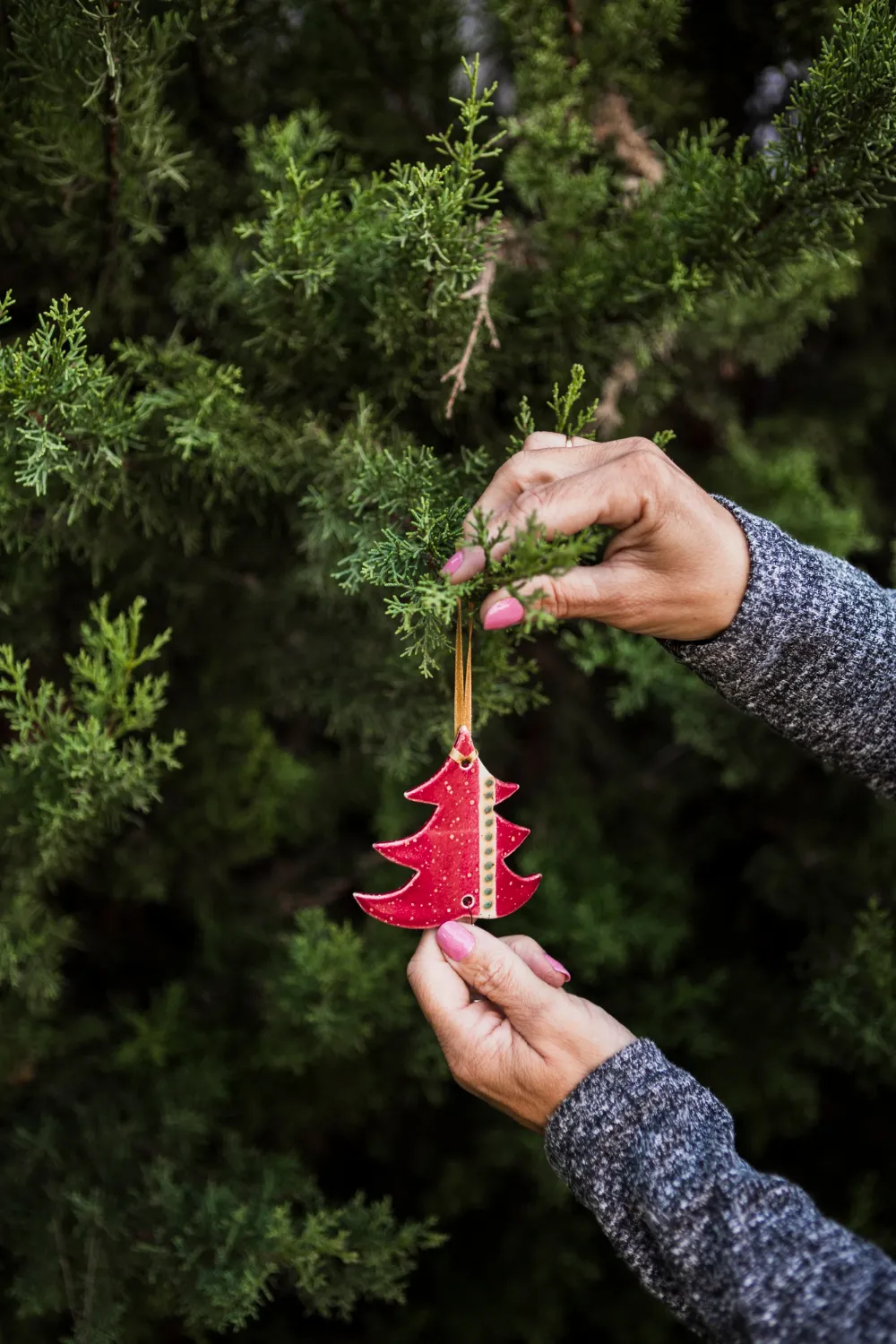
Final Practical Tips for an Eco-Friendly Christmas
Beyond the choice of Christmas tree, there are myriad ways to infuse eco-consciousness into every aspect of the holiday season. Choose recycled or reusable wrapping paper for gifts, reducing the waste generated during the unwrapping frenzy. Seek out locally sourced, sustainable decorations that support small businesses and reduce the environmental impact of shipping.
Embrace the joy of experiences over material gifts, encouraging meaningful connections that transcend the transient nature of material possessions. Use the five love languages as a guide to gift-giving this season. As women over 45, our unique perspective allows us to prioritize what truly matters during the holidays—connection, joy, and a sense of purpose.
We would love to know your traditional Christmas choices. Why not share them in the comments below or come and join the conversation in the Facebook Group?









